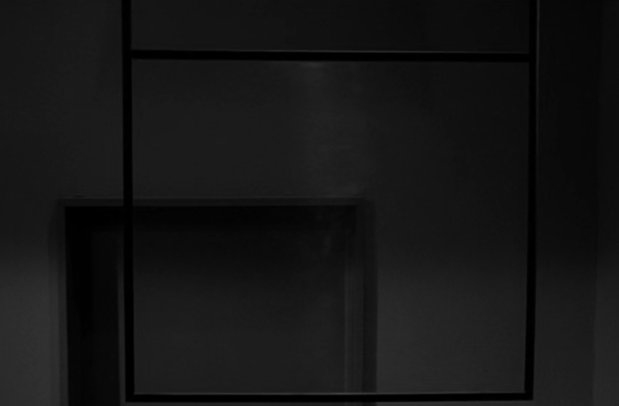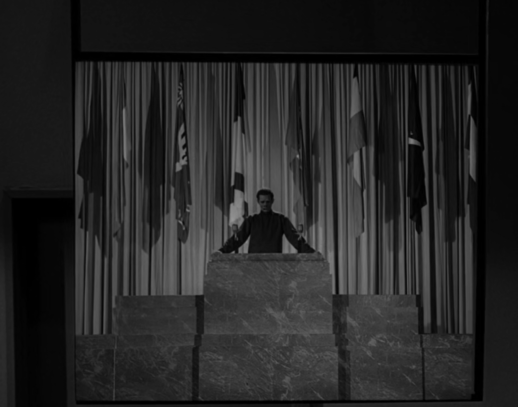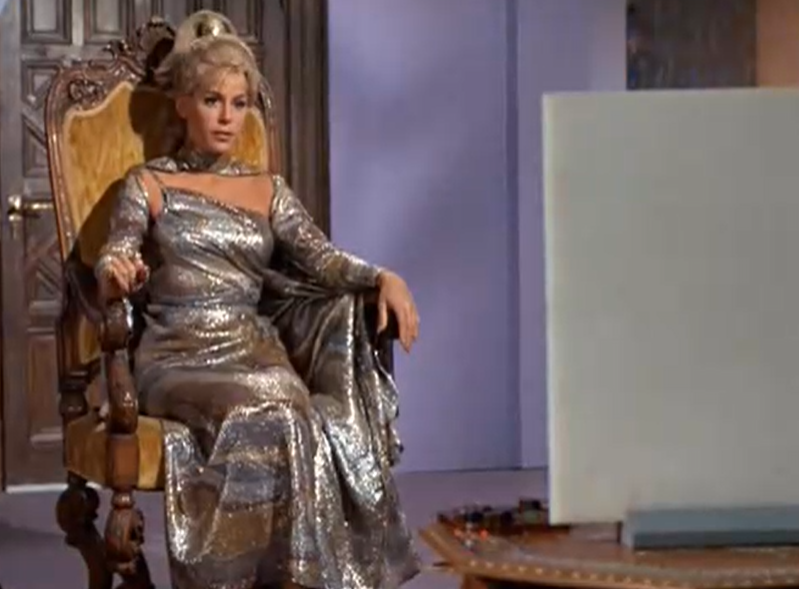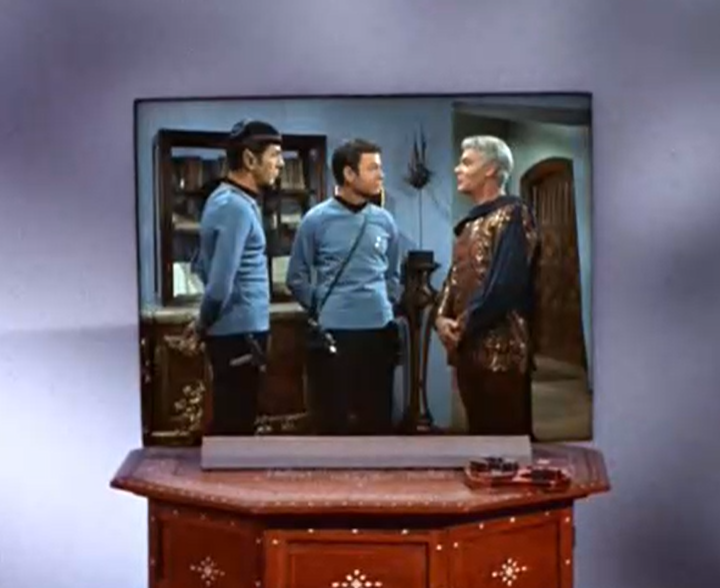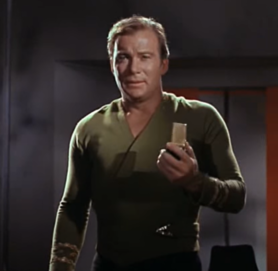Science Fiction-Inspired Designs and Inventions
- Yadav B V
- May 16, 2024
- 4 min read
Updated: Nov 24, 2024
Any sufficiently advanced technology is indistinguishable from magic - Arthur C Clarke
Science fiction has always been a precursor to science fact, especially when it comes to Science fiction-inspired designs and inventions. Most complex technologies begin with the germ of an idea in the mind of a creative person and more often than not, it's a science fiction writer.
Ideation is the first and most important and often the most complex part of any invention. This is why science fiction writers are always ahead of scientists when it comes to the conceptualization of future tech.

After envisioning a technology in detail you can bring the engineers to map out what needs doing and what can't be done. The next step would be building a prototype that is sufficient for testing and making it suitable for commercial production.
Science Fiction-Inspired Designs and Inventions
Here we will go through technologies that we take for granted today, but just a few decades ago were purely in the realm of science fiction.
1. Transparent Screen from The Twilight Zone
The Twilight Zone by Rod Serling was truly ahead of its time in terms of its sci-fi concepts, dense storylines, and amazing execution. This meant that great episodes used hi-tech concepts judiciously and presented them folded into a larger reality that blew the socks off the viewers.
The reason why it seemed so ahead of its time was that most episodes of this series were inspired by key science fiction authors such as Ray Bradbury, Arthur C Clarke, and Isaac Asimov.
One such awesome storyline involved a society with unique standards of beauty far in the future that had amazing tech gadgets. The episode is named Eye of the Beholder and is fantastically done.
The best piece of tech that stood out in this episode was the transparent screen that slid down from the ceiling and turned opaque during display.
Such screens are available only in 2024 ( and showcased in 2023), showcased widely only in the latest installment of Consumer Electronics Show (CES) 2024. The LG Transparent screen in 2024 grabbed a lot of eyeballs and was the belle of the ball in the display section.
The Twilight Zone series got everything right, from the form factor to the actual function of such an amazing invention decades ahead of its time!
2. Flat screen from Star Trek
The Star Trek TOS episode Requiem for Methuselah (Season 3, Episode 19) has a flat-screen LED TV that is complete in its design with the stand and thin bezels exactly as it is commercially available today.
Reyna, Flint's companion watches their guests on their video surveillance system on a Flat Screen TV that is amazingly identical to the ones in production today.
What I loved about this is that, just like the transparent screen mentioned above, it is decades ahead of its time and is perfect in how it has been visualized by the propmasters of the time.
3. Geostationary orbit - Arthur C Clarke
Genre-defining science fiction writer Arthur C. Clarke proposed the idea of satellites that could take a Geo-stationary orbit serving the purpose of a radio relay station. This way a third of the Earth's surface could be covered for communication purposes by a single satellite.

This idea was first published in the Wireless World October 1945 issue authored by Arthur C Clarke.
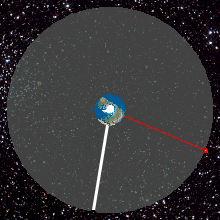
Most of our communications networks across the globe today depend on such geostationary satellites, whether it's a smartphone network or a weather station. Considering that the first communications satellite using this tech was launched in Syncom 2 in 1963, Clarke was decades ahead of his time when he came up with this vital concept.
Check out The Original Lost in Space Series (1965-68) by Irwin Allen
4. The Cellphone - Star Trek Communicator
One of the most iconic symbols of science fiction is the communicator from Star Trek TOS. The unmistakable sound of flipping the communicator open followed by the distinct bird chirp will remind anyone interested in sci-fi of the brilliant device.
It probably inspired the design of the flip phone that was suddenly back in fashion after the introduction of flexible displays. Nothing was closer to this design than the Motorola flip phone or the Sony Ericsson flip phones of the '90s and noughties.
You can easily get a functioning replica online from a few stores.
5. Transparent Aluminium - Star Trek
Star Trek IV: The Journey Home was an amazing movie with a lot of the cast from Star Trek TOS. The plot revolves around a bit of time travel and a whole lot of science- fictional or otherwise.
James Doohan as Scotty reprises his role as a close friend of Jim Kirk and a brilliant engineer in this movie and solves the problem of transporting marine creatures back to the enterprise. As payment, Scotty offers a unique form of payment to a manufacturing firm on Earth in the past - the formula for transparent Aluminium.
Star Trek introduced the world to transparent aluminum, a concept that was science fiction at the time. However, today, it is known as aluminum oxynitride (AlON), a material that reflects the very prediction of the film, the prediction of quality content.
As of today, transparent aluminum is available commercially across the world and used in applications ranging from armored glass to construction and drone tech.
You might like 3 Body Problem - Netflix Nails Science Fiction
Wrapping Up
An invention takes a creative mind and every legendary science fiction writer is blessed with one. This is why most of their writing contains futuristic technologies fleshed out in amazing detail, sometimes right down to the production details.
So if you are looking for a high-tech solution to a problem you can always look to the all-time great science fiction writers for inspiration and invent your way out of your problem!

